Polonnaruwa: Buddhism, kingship, and urban renewal in medieval Sri Lanka
The emergence of Polonnaruwa as the principal urban and political center of Sri Lanka in the 11th century marked a pivotal moment in the island’s medieval history. Following the decline of Anurādhapura, precipitated by South Indian invasions and internal administrative decay, the Sinhalese monarchy strategically relocated its capital to Polonnaruwa. This shift signaled not only a change in geographic and defensive strategy but also a new phase of religious revitalization and state consolidation.
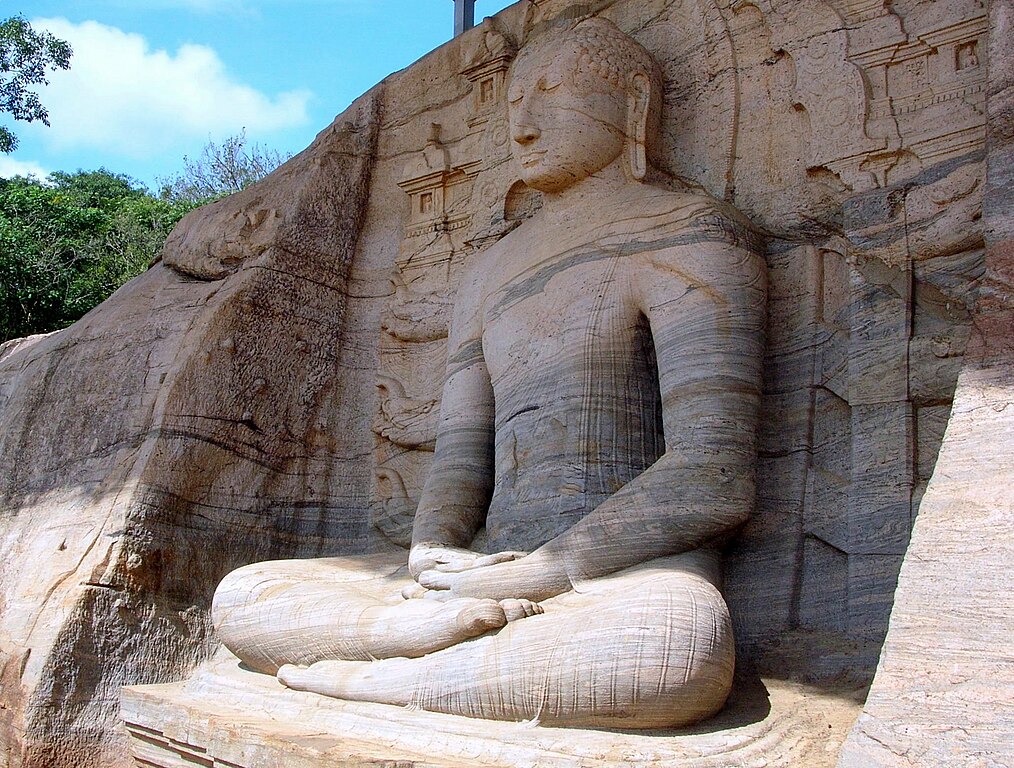
Carved seated Buddha, Gal Viharaya, Polonnaruwa, Sri Lanka. As a monumental evidence of the artistic and devotional ideals of the era, this sculpture exemplifies the aesthetic maturity of Polonnaruwa’s sculptural tradition. Source: Wikimedia Commonsꜛ (license: CC BY-SA 2.5)
Between the reign of Vijayabāhu I (r. 1055–1110) and the mid-13th century, Polonnaruwa emerged as a vibrant political hub and a flourishing center of Theravāda Buddhist reform. Kings and elite patrons actively sponsored monastic reconstruction, scriptural preservation, and the development of an urban sacred landscape that echoed and extended the legacy of Anurādhapura. The city’s temples, statues, and hydraulic infrastructure reflect a sophisticated synthesis of religious symbolism and royal ideology.
In this post, we explore the Buddhist, political, and architectural history of Polonnaruwa during its tenure as Sri Lanka’s capital. We examine the city’s role in the restoration of the saṅgha, the articulation of kingship through monumental patronage, and the intellectual life fostered within its monastic networks. Through this lens, we present Polonnaruwa as both a successor to and innovator beyond the Anurādhapura tradition, shaping the evolution of Sri Lankan Buddhism and its expressions of political-religious authority.
Historical and political background
The history of Polonnaruwa is inextricably linked to the broader political and cultural dynamics of medieval Sri Lanka. The city served as the capital of the Sinhalese kingdom from the 11th to the 13th centuries, a period marked by significant transformations in governance, religious practice, and urban development.
From Anurādhapura to Polonnaruwa
The shift from Anurādhapura to Polonnaruwa as the royal capital of Sri Lanka was largely precipitated by repeated South Indian invasions during the 10th and early 11th centuries, particularly those led by the Chola dynasty. These incursions destabilized the administrative and monastic infrastructure of Anurādhapura, which had been the island’s political and religious heartland for over a millennium. The strategic relocation to Polonnaruwa, situated further to the southeast, allowed for better defense and access to fertile lands and water resources, making it an ideal site for a renewed center of governance and statecraft.
Vijayabāhu I emerged as the key figure in reestablishing Sinhalese political independence. After a prolonged military campaign, he successfully expelled the Cholas around 1070 CE and inaugurated a new era of indigenous rule from Polonnaruwa. His reign marked the consolidation of royal authority, the restoration of Buddhist institutions, and the reinvigoration of public works, including irrigation systems. Vijayabāhu’s political and religious reforms laid the groundwork for Polonnaruwa’s transformation into a sophisticated royal and sacred city.
Dynastic rule and regional engagement
Following Vijayabāhu I, a succession of monarchs governed from Polonnaruwa, each contributing in varying degrees to its architectural and institutional development. Among the most notable was Parākramabāhu I (r. 1153–1186), whose reign is widely regarded as the cultural and political apex of the Polonnaruwa period. He oversaw the unification of the island under a centralized administration, expanded hydraulic infrastructure, and launched major religious reforms aimed at standardizing the saṅgha.
Throughout this period, the Polonnaruwa court maintained active political and religious ties with neighboring regions, including South India and Southeast Asia. Diplomatic missions, marriage alliances, and religious exchanges helped embed Polonnaruwa within broader regional networks. At the same time, internal factionalism and succession disputes periodically challenged royal authority, foreshadowing the eventual fragmentation and decline of centralized rule. Despite these pressures, the city remained a vital hub of Buddhist kingship and Theravāda orthodoxy throughout the 11th to 13th centuries.
Religious patronage and Buddhist reform
In the wake of the Chola invasions and the subsequent restoration of Sinhalese rule, Polonnaruwa became a focal point for the revitalization of Theravāda Buddhism. The period was characterized by significant efforts to restore monastic institutions, standardize religious practices, and promote a cohesive Buddhist identity.
Restoration of the saṅgha and orthodoxy
One of the foremost religious priorities during the Polonnaruwa period was the revitalization of the Buddhist saṅgha following the disruptions caused by foreign invasions and internal decline. Vijayabāhu I initiated a wide-ranging program to restore monastic discipline and legitimacy by inviting monks from the Mahāvihāra tradition in Sri Lanka and from abroad, particularly from Myanmar (Bagan) and possibly southern India, to assist in re-establishing a properly ordained clergy. This reordination movement was crucial for revalidating the upasampadā (higher ordination) lineage and restoring confidence in monastic authority.

Stupa, Polonnaruwa, Sri Lanka (1984). Source: Wikimedia Commonsꜛ (license: CC BY-SA 4.0)
Equally important was the renewed commitment to the Pāli canon and its transmission. Royal sponsorship ensured the preservation and copying of canonical texts, while state-backed efforts were made to curb sectarian divisions and bring disparate monastic factions under a standardized Vinaya discipline. The ideal of a unified saṅgha under royal guidance became a hallmark of Polonnaruwa-era Buddhist statecraft, shaping both doctrinal orthodoxy and monastic hierarchy.
Patronage and ritual authority
Royal and elite patronage of Buddhist institutions flourished during this period, with kings commissioning the construction and restoration of stūpas, image houses (vihāras), and relic shrines as acts of public piety and political legitimacy. These religious structures were not only devotional spaces but also physical expressions of royal merit-making and cosmic order.
Parākramabāhu I, in particular, emerged as a key figure in the expansion of Buddhist ritual infrastructure. His reign saw the sponsorship of major temples and the organization of grand religious festivals that reinforced the sacrality of kingship. These festivals often included mass ordinations, recitations of the Pāli canon, and large-scale almsgiving events, reinforcing the intimate linkage between court ceremonial life and the saṅgha.
In sum, the Polonnaruwa period represented a concerted effort to stabilize and elevate Theravāda Buddhism through institutional reform, doctrinal standardization, and architectural expression — all underpinned by an ideologically charged vision of royal religious patronage.
Architecture and sacred geography
The architectural landscape of Polonnaruwa is characterized by a remarkable synthesis of religious, political, and hydraulic engineering. The cityscape reflects the ambitions of its rulers to create a sacred geography that embodied both Buddhist cosmology and royal authority.
Major religious monuments
The architectural landscape of Polonnaruwa is distinguished by a refined synthesis of sacred symbolism, structural innovation, and political messaging. Among the most celebrated monuments is the Gal Vihāra, a rock-cut ensemble of four colossal Buddha images sculpted directly into a granite cliff face. These figures, depicting the Buddha in seated meditation, standing contemplation, and reclining paranirvāṇa, embody the artistic and devotional ideals of the era. Their serene expressions, monumental scale, and subtle detailing exemplify the aesthetic maturity of Polonnaruwa’s sculptural tradition.

Ruins of the Royal Palace, Polonnaruwa, Sri Lanka. Source: Wikimedia Commonsꜛ (license: CC BY-SA 2.5)

Giant Buddha statue, Polonnaruwa, Sri Lanka. Source: Wikimedia Commonsꜛ (license: CC BY-SA 4.0)
Equally significant is the Lankātilaka image houseꜛ, a towering brick structure that originally housed a giant standing Buddha. Its massive, ruinous walls and surviving stucco elements convey both architectural grandeur and spiritual solemnity. The Thuparamaꜛ, with its compact design and preserved brickwork, represents a more intimate space for devotion and ritual. These monuments, along with others like the Vatadāge (circular relic shrine) and the Atadāge, reflect a variety of architectural typologies used for housing relics, enshrining images, and staging rituals.

The entrance to the Hatadage, Polonnaruwa, Sri Lanka. Built by King Nissanka Malla, it had been used to keep the relic of the tooth of the Buddha. It appears to have been a two-storey structure, but the upper storey has now been destroyed. Three Buddha statues carved out of granite rock are located within a chamber of the shrine. Source: Wikimedia Commonsꜛ (license: CC BY-SA 3.0)

The three Buddha statues inside the Hatadage. Source: Wikimedia Commonsꜛ (license: CC BY-SA 3.0)
Urban and ritual landscape
The sacred geography of Polonnaruwa was deliberately planned to reflect both cosmological order and royal legitimacy. The core of the city, sometimes referred to as the “Sacred Quadrangle”, concentrated major religious structures in proximity to the royal palace, emphasizing the close relationship between political power and spiritual authority. Processional routes, symmetrical layout, and axial alignments underscore the ritual coherence of the cityscape.

The Quadrangle Vatadage, Polonnaruwa, Sri Lanka. Source: Wikimedia Commonsꜛ (license: CC BY-SA 4.0)
Infrastructural features such as moats, reservoirs (notably the Parākramasamudra), and artificial tanks served both practical and symbolic functions. They enabled year-round irrigation and agricultural productivity while also representing the cosmic ocean encircling Mount Meru, the mythic center of the universe. Water management systems, inscribed with royal inscriptions, reinforced the king’s identity as both a dhammarāja (righteous ruler) and a steward of earthly and spiritual resources.

Giant recycling Buddha statue, Polonnaruwa, Sri Lanka. Source: Wikimedia Commonsꜛ (license: CC BY-SA 4.0)
Together, the architectural monuments and urban design of Polonnaruwa expressed a vision of Buddhist kingship rooted in merit, order, and divine cosmology — one that transformed the city into both a political capital and a ritual landscape of enduring sacred significance.
Textual culture and intellectual life
As a center of Buddhist learning and textual production, Polonnaruwa played a crucial role in the preservation and dissemination of Theravāda literature. The period saw the flourishing of monastic scholarship, the compilation of commentaries, and the establishment of educational institutions that contributed to the intellectual vitality of the saṅgha.
Monastic education and scholarly production
Polonnaruwa emerged as a key site for the preservation and dissemination of Buddhist textual culture during Sri Lanka’s medieval period. With renewed royal support, monastic institutions developed scriptoria — designated spaces for the systematic copying of canonical Pāli texts and commentarial literature. These efforts ensured the survival of the Tipiṭaka and its ancillary materials, many of which were transcribed onto palm-leaf manuscripts using refined calligraphic and decorative techniques.
Monasteries functioned not only as devotional centers but also as places of advanced education where monks were trained in grammar, logic, and exegesis. The production of commentaries and sub-commentaries reflected both the continuation of scholastic traditions and responses to contemporary doctrinal debates. Chronicles such as the Culavamsa, compiled during or shortly after this period, integrated political history with Buddhist cosmology, presenting the Polonnaruwa kings as dhammarājas in the lineage of righteous rulers. This literary activity contributed to the development of a uniquely Sri Lankan historiographical and doctrinal identity.
International connections
Polonnaruwa’s intellectual and religious networks extended well beyond the island, linking it to broader currents of Theravāda exchange in the Indian Ocean world. The city maintained strong ties with other Theravāda centers, particularly in Myanmar (Bagan), Southeast India, and later Ayutthaya. These connections facilitated the movement of texts, relics, and ordination lineages, reinforcing a shared sense of scriptural authority and doctrinal orthodoxy.
Burmese sources suggest that Sri Lankan monks influenced monastic reforms in Bagan, while Sri Lankan kings reciprocally received monks and emissaries from Southeast Asian courts. This mutual exchange helped stabilize regional ordination traditions and fostered a transregional sense of Theravāda unity. In this way, Polonnaruwa was not only a seat of internal Buddhist renewal but also a vibrant node in the larger network of Southern Buddhist exchange.
Decline and legacy
In the late 13th century, Polonnaruwa’s political and religious prominence began to wane, leading to its eventual decline as the capital of Sri Lanka. The factors contributing to this decline were multifaceted, including external invasions, internal strife, and shifts in royal patronage.
Political instability and shifting capitals
The decline of Polonnaruwa in the late 13th century was driven by a combination of external invasions and internal political fragmentation. Successive waves of incursions from South Indian kingdoms, especially the Pāṇḍyas, eroded the authority of the Sinhalese monarchy and destabilized the administrative and military apparatus. At the same time, rival factions and contested claims to the throne led to cycles of civil conflict, weakening the coherence of the centralized state established under Parākramabāhu I.
Faced with declining political control and vulnerability to attack, the royal court eventually abandoned Polonnaruwa as the capital, relocating to other cities such as Dambadeniya and later Kotte. Despite this shift in political geography, many of Polonnaruwa’s religious structures continued to function as places of worship and pilgrimage for centuries. Buddhist practice, while no longer centered on the city, remained resilient and adaptive, with monastic networks relocating and reconstituting themselves in new royal capitals.
Cultural memory and heritage
In later centuries, Polonnaruwa was remembered in chronicles and oral traditions as a golden age of Buddhist kingship and architectural grandeur. The monuments, though subject to natural decay and sporadic damage, were never entirely forgotten. Local communities preserved some ritual practices, while stories of the city’s greatness were woven into the cultural memory of Sinhalese identity.
During the colonial period and particularly under British rule, Polonnaruwa became a focus of archaeological interest and heritage preservation. Systematic excavations and restoration efforts beginning in the 19th and 20th centuries brought renewed attention to the city’s historical and artistic significance. Today, as a UNESCO World Heritage Site, Polonnaruwa is both a national symbol of cultural achievement and a pilgrimage site that continues to resonate within the broader narrative of Theravāda Buddhist history.
Thus, the legacy of Polonnaruwa endures not only in stone and scripture but also in its lasting imprint on Sri Lanka’s religious imagination and historical self-understanding.
Conclusion
Polonnaruwa represents a defining chapter in the evolution of Sri Lanka’s Buddhist statecraft and urban religiosity. As the political and religious heart of the island between the 11th and 13th centuries, it successfully integrated Theravāda orthodoxy with renewed royal authority, producing a cultural landscape that was both spiritually cohesive and politically strategic. The city’s sacred architecture, monastic reforms, and literary output illustrate a refined synthesis of Buddhist doctrine and dynastic legitimacy.
This synthesis was not static but deeply responsive to regional pressures, international exchanges, and internal transformations. The role of kings like Vijayabāhu I and Parākramabāhu I in restoring the saṅgha, regulating monastic life, and fostering textual production demonstrates how Buddhist institutions could serve as vehicles for both ideological consolidation and religious innovation. Their patronage helped establish Polonnaruwa as a nodal point in the wider network of Theravāda Buddhism across South and Southeast Asia.
Although its political primacy eventually declined, Polonnaruwa’s influence persisted in Sri Lankan religious memory, architectural emulation, and monastic continuity. Its legacy lies not only in the preservation of stone monuments and scriptural texts, but in its example of how Buddhism could be mobilized to shape political order, cultural identity, and regional connectivity in the premodern world.
References and further reading
- Holt, John C., The Buddhist Visnu: Religious Transformation, Politics, and Culture, 2008, Motilal Banarsidass Publications, ISBN: 978-8120832695
- Gunawardana, R. A. L. H., Robe and plough: Monasticism and economic interest in early medieval Sri Lanka, Bulletin of SOAS , Volume 44 , Issue 1 , February 1981 , pp. 211 - 213, DOI: 10.1017/S0041977X0010504Xꜛ
- Edward Müller, Ancient Inscriptions in Ceylon; Collected and Published for the Government, 2016, Leopold Classic Library
- Siriweera, W. I., History of Sri Lanka: From earliest times up to the sixteenth century, 2002, Dayawansa Jayakody & Company, ISBN: 978-9555512572
- Codrington, H. W., A short history of Ceylon, 1926, Macmillan, online at Internet Archiveꜛ
- Ray, Himanshu Prabha, Monastery and guild: Commerce under the Sātavāhanas, 1996, Oxford University Press, ISBN: 978-0195619416
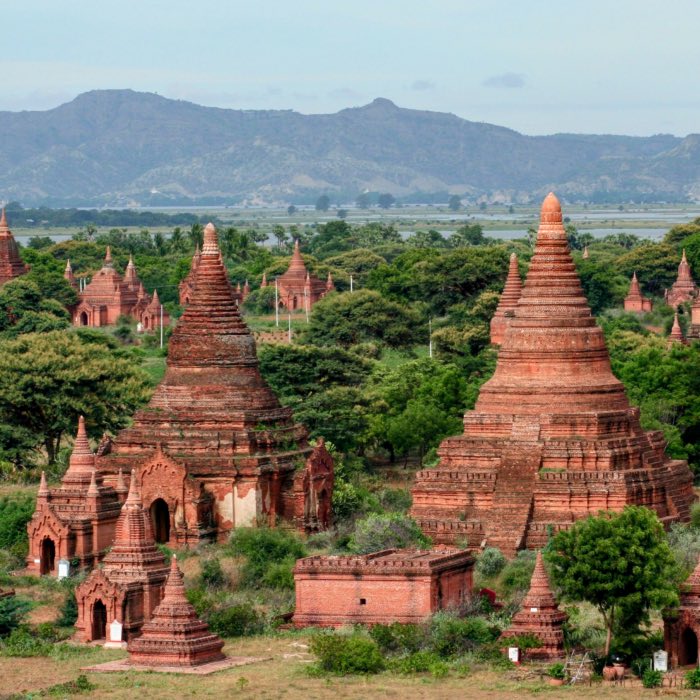
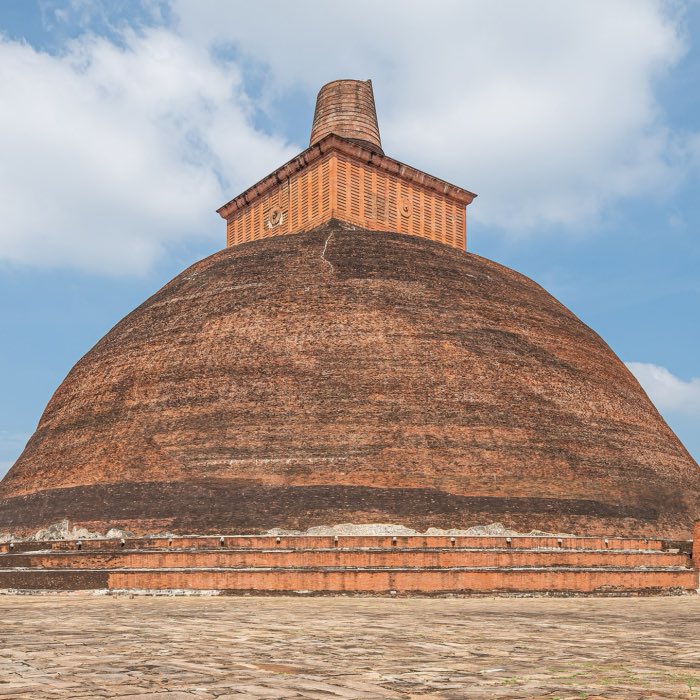

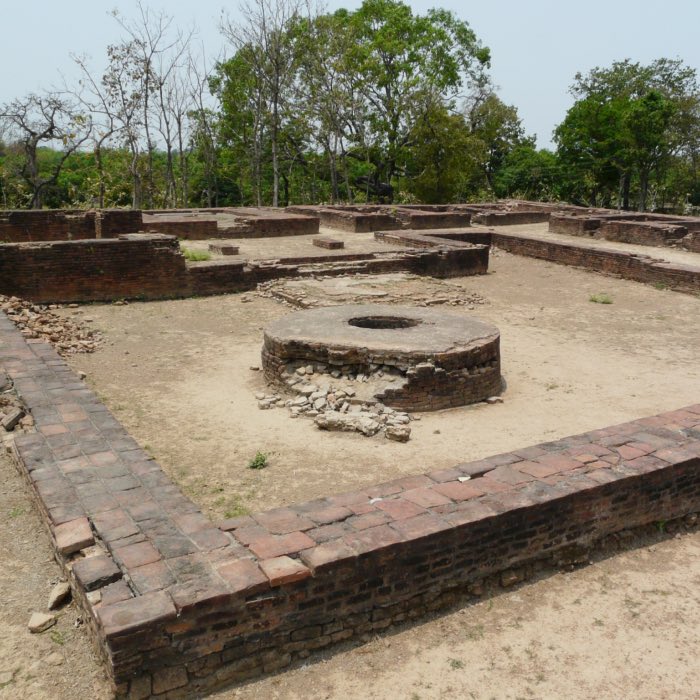




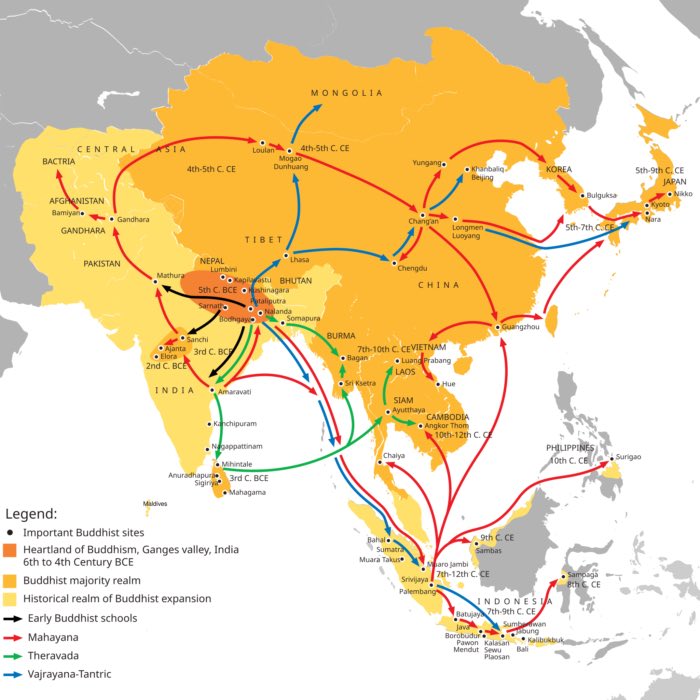
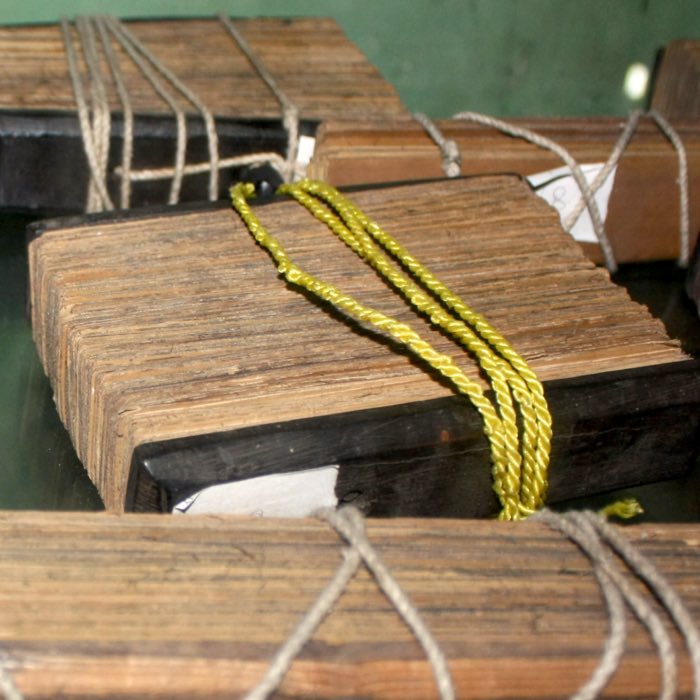
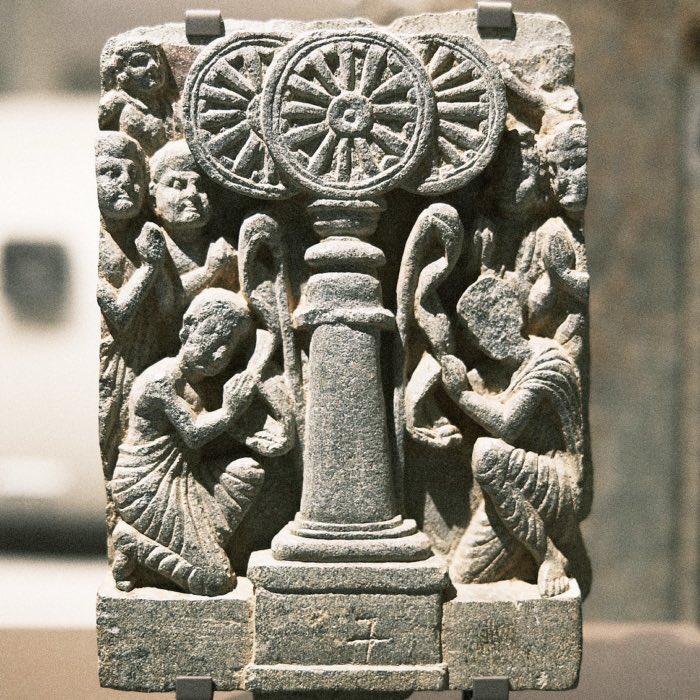

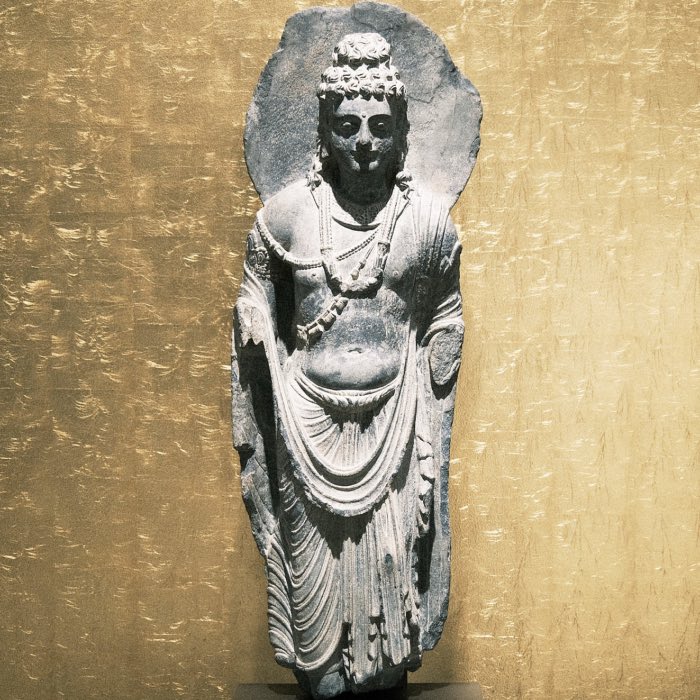
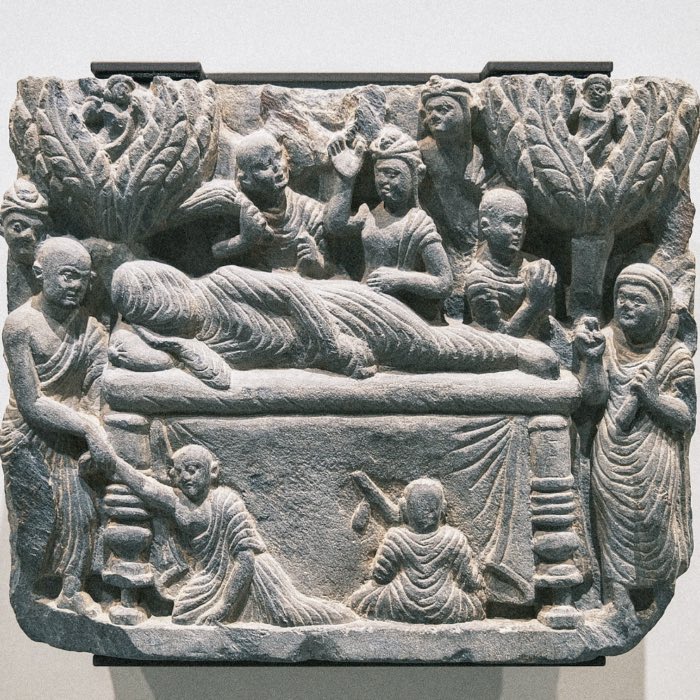


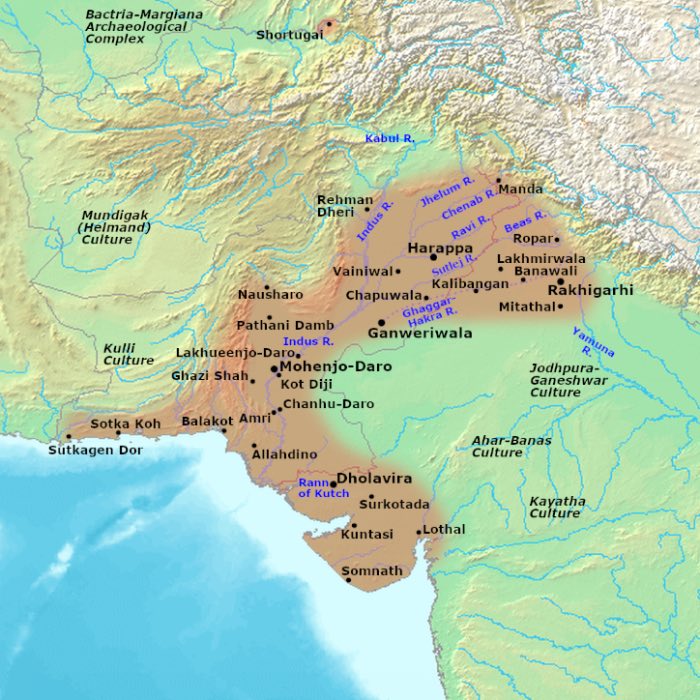
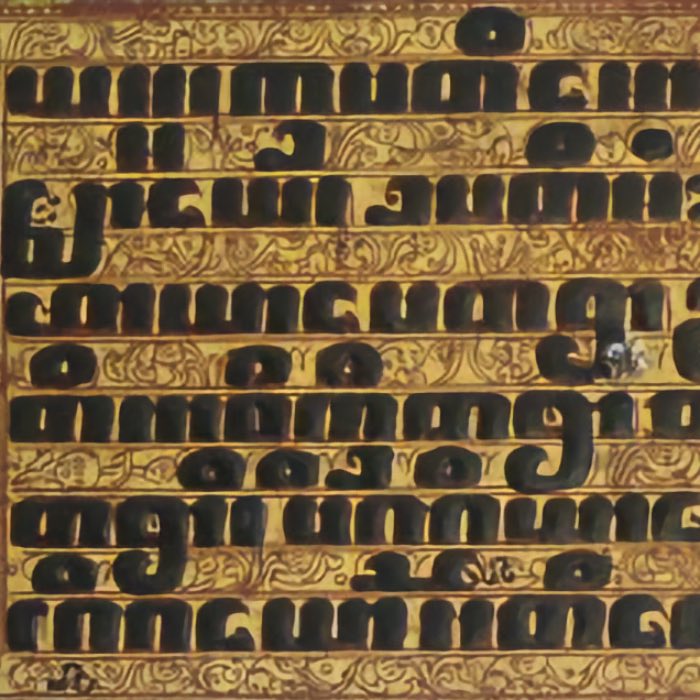
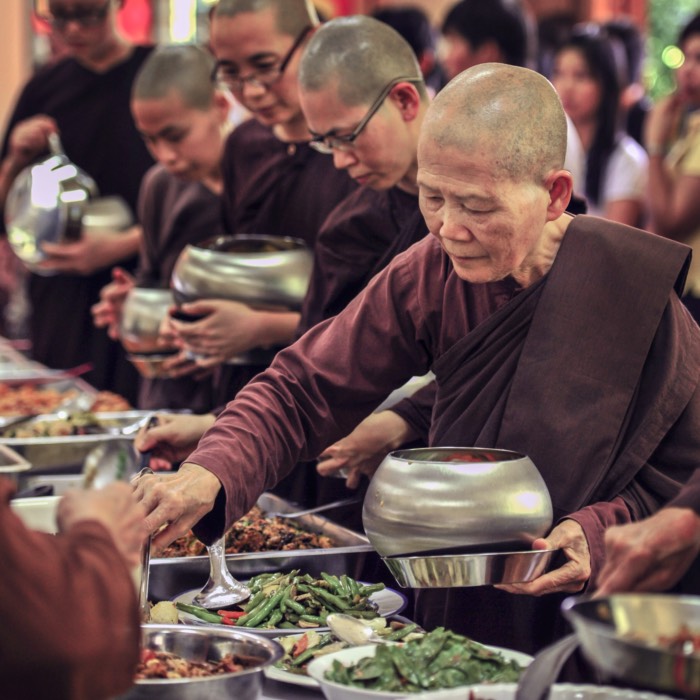
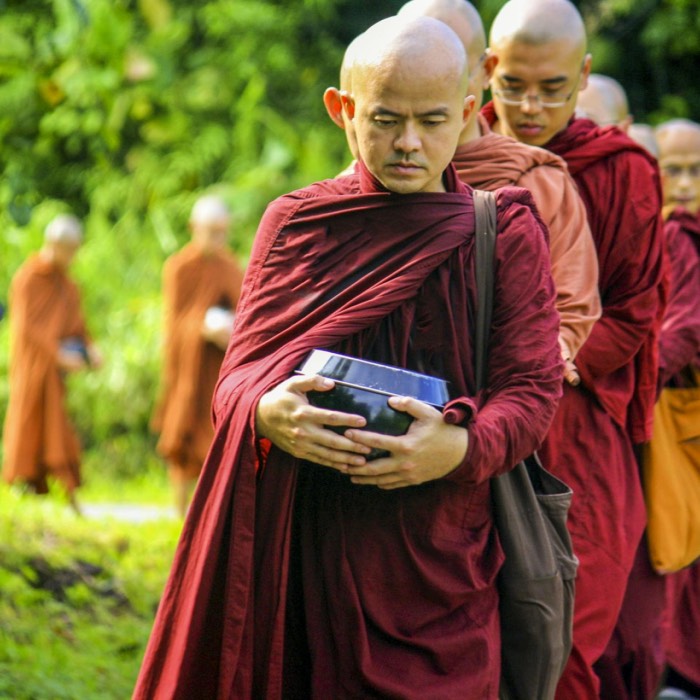
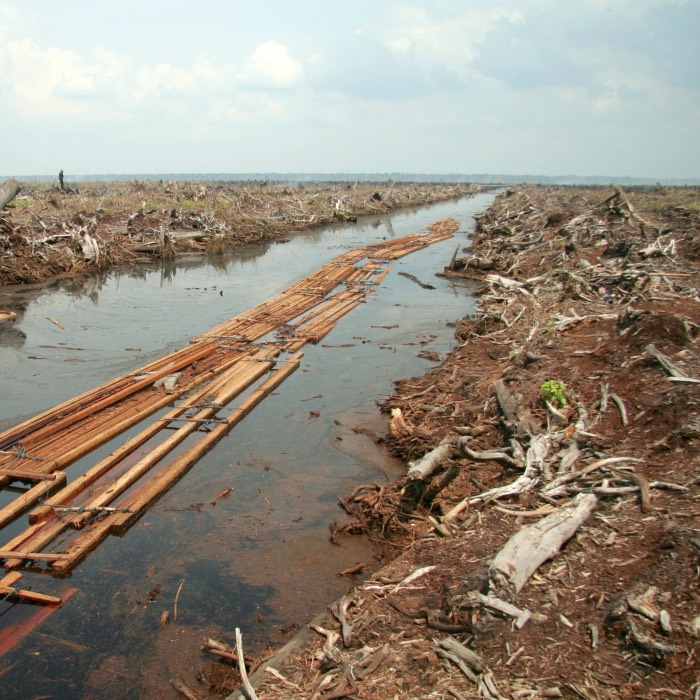



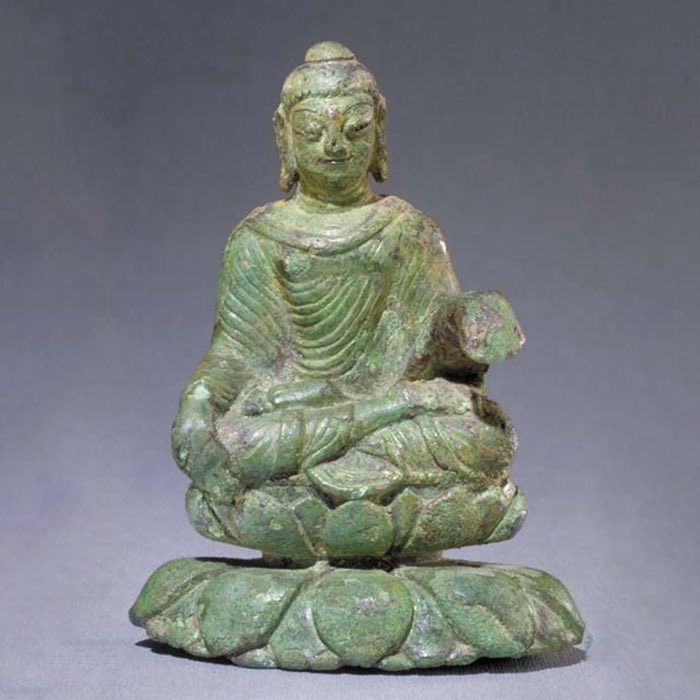

comments